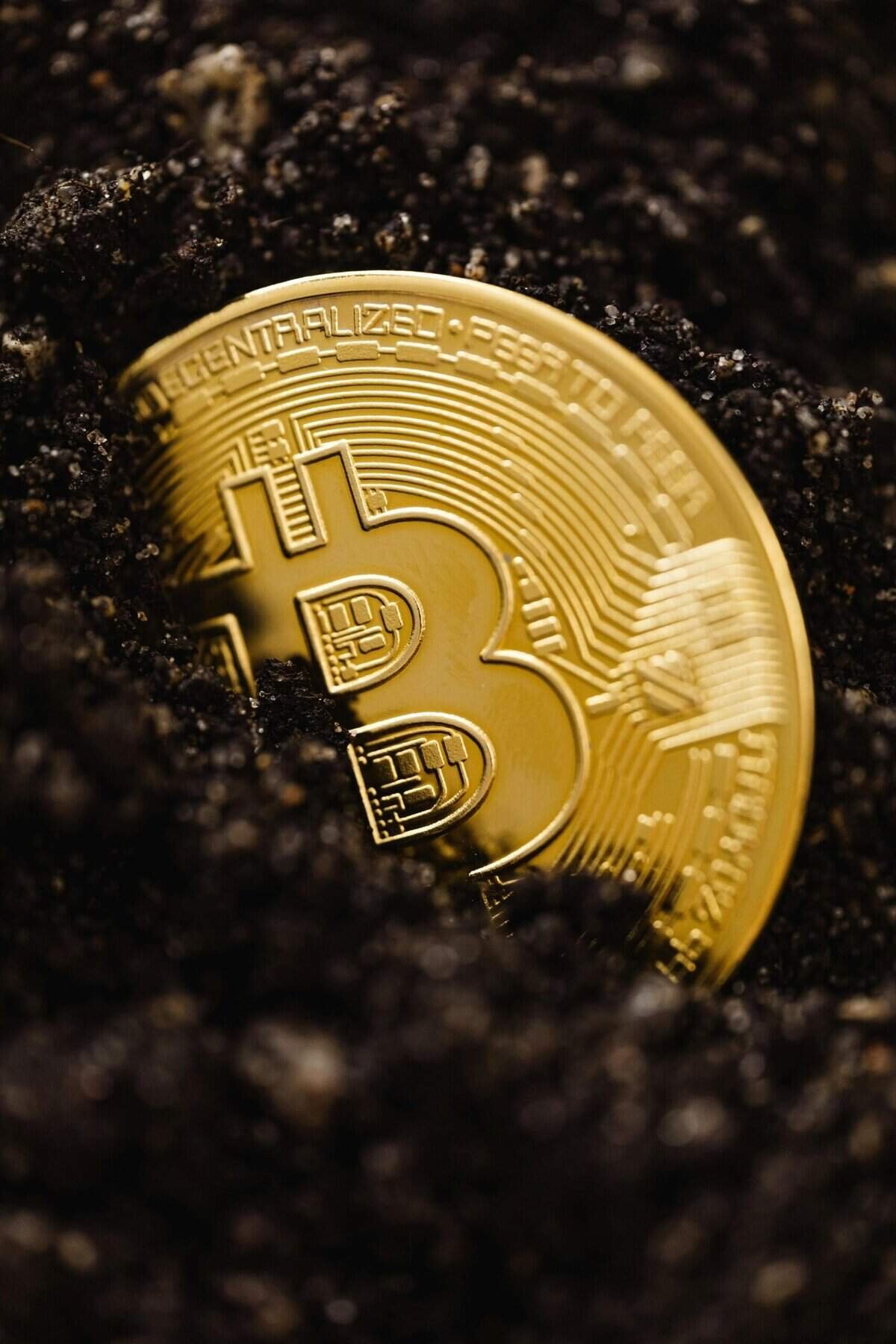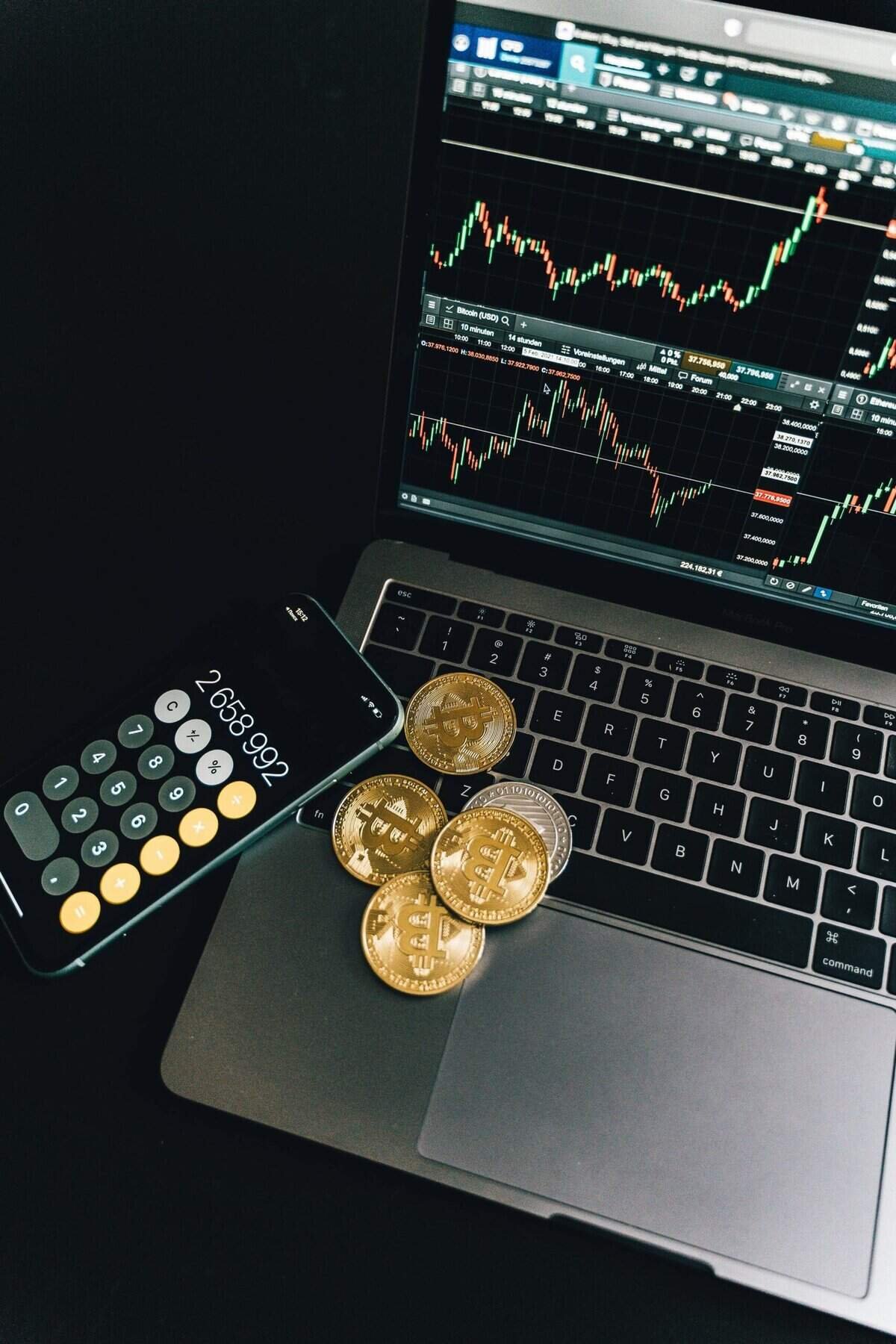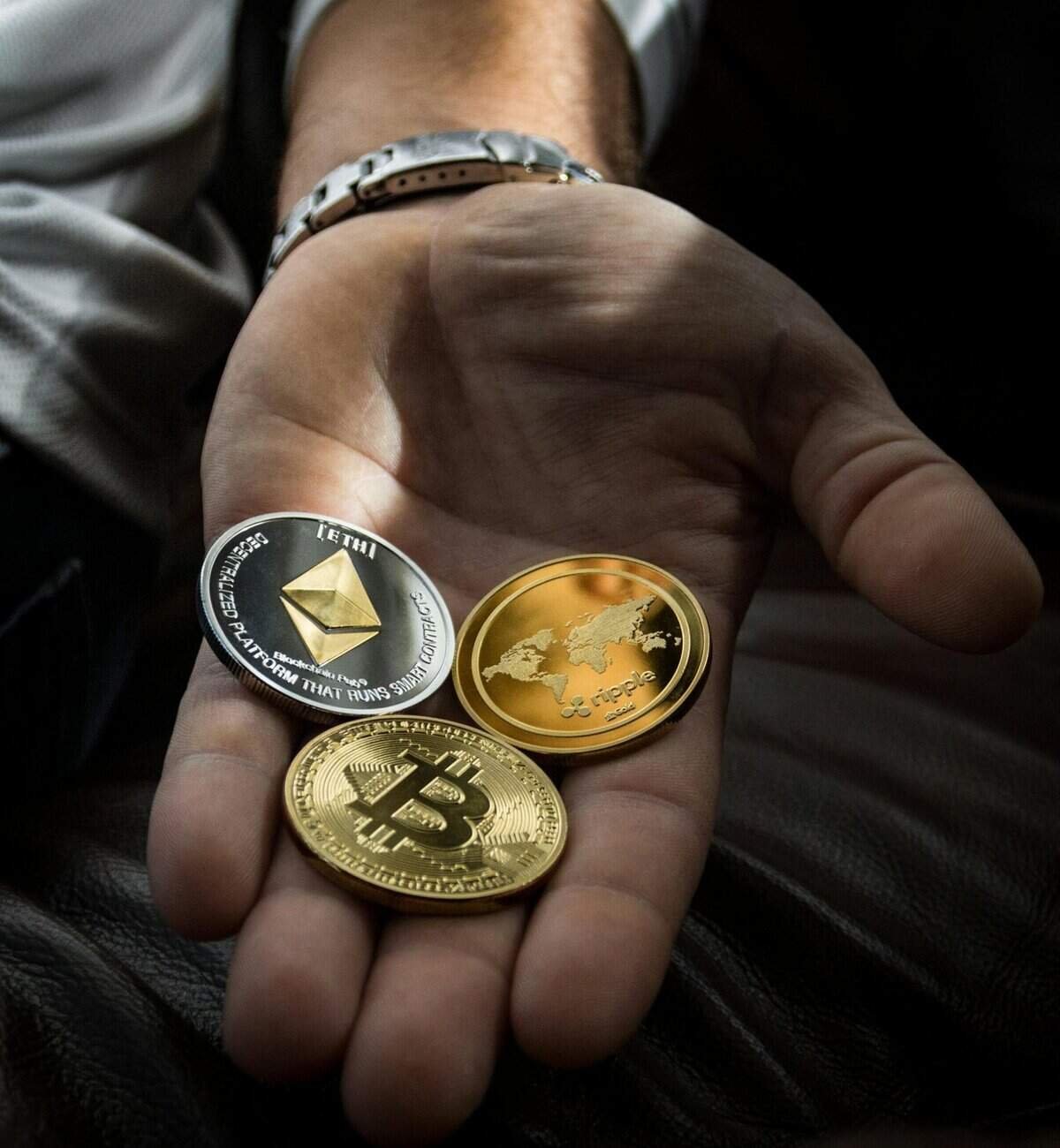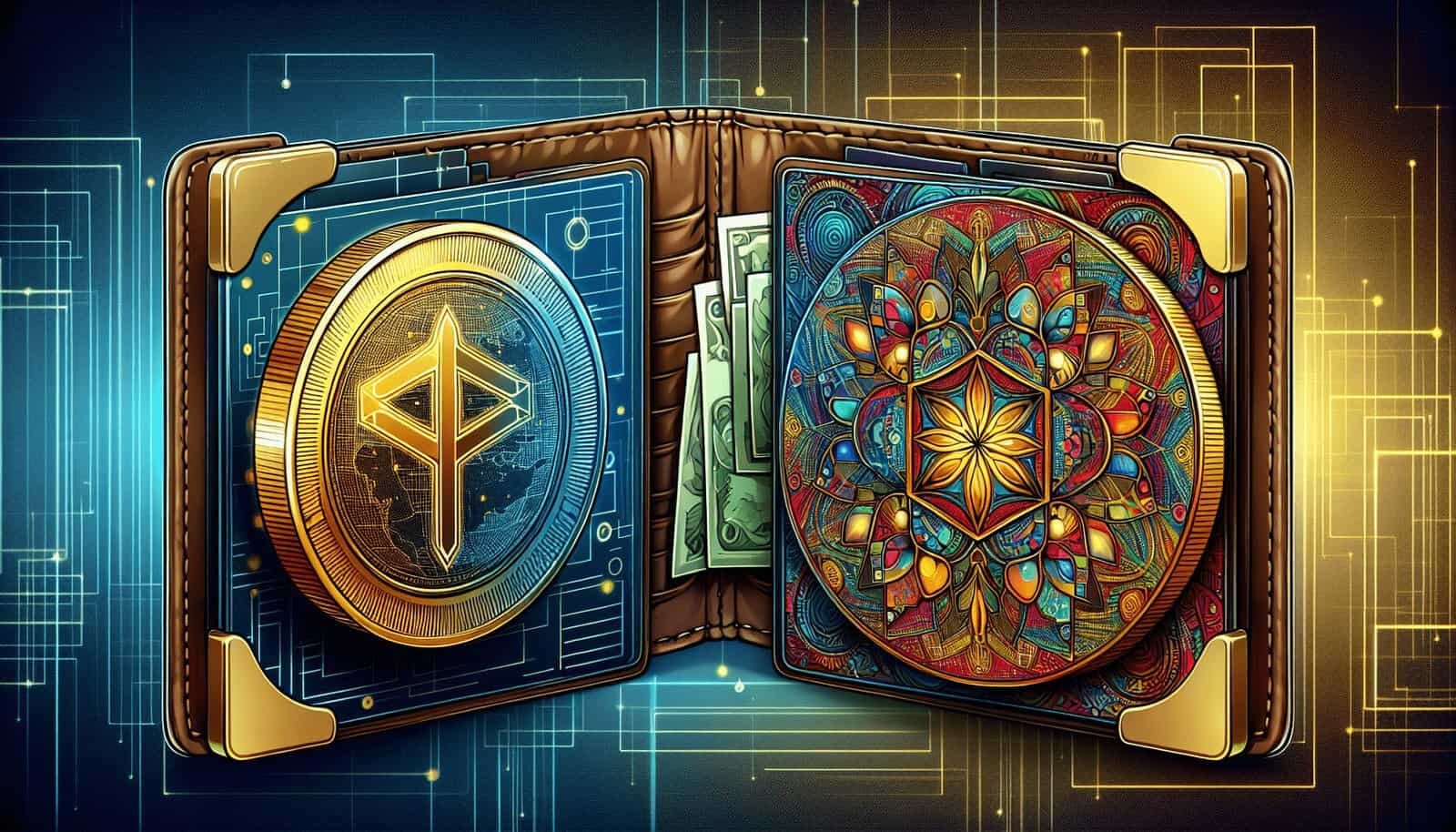Have you ever found yourself puzzling over the terms ‘coin’ and ‘token’ in the world of cryptocurrency? You’re not alone, as these terms often leave many scratching their heads, wondering what the real differences are, if any. Understanding these differences is crucial if you’re stepping into the world of digital currencies, whether it’s for investment purposes or just to stay informed in today’s fast-evolving financial landscape.
Understanding the Basics
Before diving into the differences between coins and tokens, let’s establish what they fundamentally are. Cryptocurrency is a subset of digital currency that uses cryptographic processes to secure transactions and control the creation of new units. They are typically decentralized and based on blockchain technology.
What Are Cryptocurrencies?
Cryptocurrencies are digital or virtual forms of money that use cryptographic methods for securing transactions. Unlike traditional currencies like the dollar or euro, cryptocurrencies operate independently of a central bank. The appeal of cryptocurrencies lies in their potential for high returns on investment, though they also carry significant volatility and risk.
The Blockchain Backbone
Both coins and tokens operate on blockchain technology. A blockchain is a distributed database or ledger that is shared among the nodes of a computer network. It stores information electronically in digital format, which ensures data security and integrity with the help of cryptographic designs. It is this decentralized nature that offers both transparency and reliability, core tenets of cryptocurrency.
Delving into Coins
Let’s start with coins, which in the crypto context typically refer to Bitcoin and other altcoins. These have several defining characteristics that distinguish them from tokens.
What Are Coins?
Coins are digital currencies that operate on their own independent blockchains. Bitcoin is the pioneering example of a coin, which introduced the concept of decentralized digital money. Originally designed as an alternative form of currency, coins are typically used as a medium of exchange, store of value, or unit of account, much like traditional money.
Examples of Coins
- Bitcoin (BTC) – Uses its own Bitcoin blockchain.
- Ethereum (ETH) – Operates on the Ethereum blockchain.
- Litecoin (LTC) – Has its own Litecoin blockchain.
- Ripple (XRP) – Based on the Ripple Consensus Ledger.
Coins can be mined, and their value depends on market factors like demand and supply, coupled with their respective blockchain’s features and applications.
Utility and Function
Coins are used broadly like traditional currency. You can buy goods and services, trade them, or hold them as an investment. The key is their capability to function as money. Bitcoin, for example, was created to be digital cash that people can use without the need for intermediaries like banks.

Delving into Tokens
Unlike coins, tokens do not have their own independent blockchains. Instead, they operate on other cryptocurrencies’ blockchains, most commonly Ethereum.
What Are Tokens?
Tokens represent an asset or utility and are commonly used in Initial Coin Offerings (ICOs) to raise funds for projects. They are created through smart contracts, particularly on the Ethereum platform. Tokens can represent any asset that is fungible and tradable, from commodities to carbon credits, to loyalty points and other cryptocurrencies.
Examples of Tokens
- ERC-20 Tokens – Ethereum-based tokens.
- NEO Token – Operates on the NEO blockchain.
- TRC-20 Tokens – On the TRON blockchain.
- USDT (Tether) – A stable coin that exists as a token on multiple blockchains including Ethereum.
Types and Uses
Tokens can serve various purposes based on their type, broadly classified into utility tokens and security tokens.
Utility Tokens
These tokens provide users with future access to a product or service. They’re not intended as investments. Utility tokens are a way to fund projects and networks. An example is the Basic Attention Token (BAT), which is used within its own advertising network.
Security Tokens
Security tokens represent ownership in an asset or business and serve as an investment. They are subject to federal regulations and provide rights similar to those of traditional securities. If you purchase security tokens, you may receive voting rights, dividends, or other benefits.
Utility tokens are easier to create since they don’t need to comply with as many regulatory obligations. Security tokens, on the contrary, require conformity with securities laws and are often launched after a time-consuming compliance process.
Token Standards
Tokens existing on blockchains like Ethereum or Tron must conform to specific standards to ensure interoperability and security. Ethereum’s popular ERC-20 standard, for example, defines a set of rules that all Ethereum tokens must follow.
Key Differences: Coins vs. Tokens
Now that you have an understanding of both coins and tokens, let’s compare them to highlight their differences.
Blockchain Independence
| Feature | Coins | Tokens |
|---|---|---|
| Blockchain | Operate on their own blockchains | Built on existing blockchains (e.g., Ethereum) |
Purpose and Use
| Feature | Coins | Tokens |
|---|---|---|
| Primary Use | Act as currency (medium of exchange) and store of value | Facilitate decentralized applications, grant access to services, etc. |
Creation
Coins are typically mined through complex mathematical processes like Proof of Work or Proof of Stake. Tokens, by contrast, are created through smart contracts.
Legal and Regulatory Compliance
Regulation of coins is usually less complex and varies greatly by region. Tokens, particularly security tokens, must often adhere to strict regulatory requirements, as they could be classified as financial securities.
Economic Sense
Coins are often compared to money, while tokens are more like a representation of valuable goods or services within an ecosystem.

Use Cases and Real-World Examples
The use cases for coins and tokens vary significantly based on their design and purpose. Let’s explore some real-world examples to illuminate these distinctions further.
Coins in Action
- Bitcoin as Digital Cash: The most well-known use case for a coin is Bitcoin as digital cash. This was the original intent of Bitcoin’s creation, and it’s still the primary use for many coins.
- Ether as Fuel for Ethereum: Another example is Ether (ETH). Instead of serving directly as currency, Ether acts as “fuel” for operating the smart contracts on the Ethereum network.
Token Utilization
- Utility Tokens in Decentralized Applications: Tokens like Golem (GNT) allow you to pay for services within its network, and thus serve a utility within their ecosystem.
- Security Tokens in Real Assets: An example of a security token would be tZERO, which offers tokenized ownership of real-world assets, effectively blending traditional financial securities with blockchain technology.
How to Decide Between Investing in Coins or Tokens?
While coins and tokens offer various opportunities, deciding which to invest in can depend on several factors, including risk appetite, investment goals, and understanding the underlying technology.
Assessing Risks and Returns
Coins often follow general market trends and can be a more straightforward investment if you’re familiar with the crypto-space. However, they can also be volatile, as demonstrated by past cryptocurrency booms and busts.
Tokens, especially those based on emerging projects, can be riskier but offer potentially higher rewards. They require more research, understanding of the project, and team behind it.
Diversifying Your Portfolio
A balanced crypto portfolio can include both coins and tokens, each serving its strategic role. Coins may offer stability if they are like Ethereum or Bitcoin, while tokens could provide high risk-reward balance but demand more scrutiny.

The Evolving Landscape of Digital Assets
As the blockchain ecosystem continues to evolve, the lines between coins and tokens might blur even more. Continuous innovations and new platforms are bound to emerge, offering novel applications for both coins and tokens. Staying informed and adaptable is key to navigating this dynamic landscape.
Final Thoughts
Grasping the intricacies of coins and tokens enables you to make more informed decisions in the fast-paced world of cryptocurrency. While both serve crucial functions, their differences shape how they can be used, traded, and valued. Whether you’re looking to invest, develop a blockchain application, or simply broaden your financial knowledge, understanding these digital assets will empower you in these endeavors.

